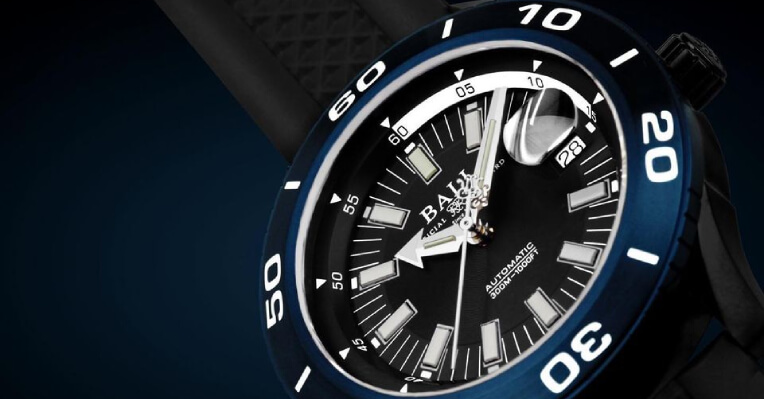One can only imagine that heart-stopping moment when you accidentally knock your newly-bought luxury Swiss watch on a door frame, or drop it while taking it off. Thankfully, the advances of shock resistant technology mean that most watches today are safe from the daily bumps and falls.
When it comes to watches, it isn’t just the physical appearance we’re worried about after it suffers a significant impact. While scratches and dents are still things to worry about, the time accuracy of the device is also a big priority.
So, what does it mean for a watch to be shock resistant? How does shock resistance technology work? Let’s learn more about that below!
What does it mean for a watch to be shock resistant?
Simply put, shock resistance is the ability of a device to withstand hard knocks or falls from a height. The device should still function normally after being subjected to the impact. For a watch, it means that the time should not deviate significantly even after the watch has been hit.
The International Organization of Standardization offers a set of measures and tests that watchmakers can use to ascertain the shock resistance of their watches. A watch is certified ‘shock resistant’ if it can survive a fall from a 1-metre height onto hard oak wood ground, without losing more than 60 seconds of time.
Testing is typically done with a hammer attached onto a pendulum. The pendulum is swung so that the hammer hits the watch from a set distance.
How do watchmakers make shock resistant watches?
There are various approaches and technologies for shock-proofing a watch. One of the oldest and still common system is the Incabloc system, invented in the 1930s. The spring-loaded mounting system allows for a slight give whenever it is subjected to shock, and snaps the jewel bearings back into place after.
Many newer shock resistant systems follow the same principle of creating parts that have room for movement, thus contributing to the device’s ability to absorb shock. Additionally, watchmakers have also boosted the robustness of watches by using tougher materials for the watch movement as well as outer case.
Adding cushioning to parts is also another aspect of shock absorption technology, which helps to reduce the physical impact to the watch parts when the device suffers a hard knock.
Choosing a shock resistant watch
Most watches today have some form of shock resistance, thanks to readily available and affordable shock absorption technology. For everyday wear or dress watches that are unlikely to be subjected to frequent high-risk situations, a basic level of shock resistance is often quite sufficient.
A more shock resistant watch will be suitable for you if you lead an active lifestyle, or wish to wear it during sports and extreme activities. If you’re looking for a highly shock resistant watch, you’ll have better chances looking at sports watches like those for tennis, pilots, or divers.
Just take a look at Ball Watch's Engineer Hydrocarbon collection – touted as their ‘Ultimate Explorer’s Watch’. It has a shock resistance of 7,500Gs and an added layer of protection from its special 4mm sapphire crystal front casing. Truly, it is built to last throughout some of your wildest adventures!
Browse the Ball Watch collection right here at Leong Poh Kee for robust watches you’ll love!

